Honda CEO: 'EVs Will Not Be Mainstream'

The tide of praise and promise that swept in at the impetus of the 21st century to support electric vehicles is receding. The same goes for the entire concept of autonomy — though this has been pulling back faster than Nicholas Cage’s hairline, and with only a fraction of its grace. Over the last few years, the number of voices shrugging off advanced technologies has increased, creating a rift between cynics and believers.
While largely disinterested in the ramifications of the technology, automakers have also tamped down their previously bloated expectations. Those pushing alternative powertrains and vehicular autonomy are becoming more based, but so too are the companies that never bothered chasing them quite so zealously in the first place.
Honda CEO Takahiro Hachigo says his company still has serious doubts as to just how lucrative electrification and mobility projects will actually be, suggesting the costs and complications of such technologies probably aren’t worth pursuing as a primary objective.
“The hurdles to battery electric vehicles and complete autonomous driving are still quite high,” Hachigo told Automotive News in an interview Honda’s global headquarters last month. “I don’t know whether other manufacturers are becoming too optimistic or not, but apparently the approach in going about these regulations differs from one company to another.”
However, it would be wrong to discount Honda as a company without at least a few logs burning in the opposite campfire. Honda was the first automaker to mainstream hybrid technology, thanks to the Insight, and has put sizable investments behind both electrification and various mobility projects. We grumbled earlier this year when the automaker previewed “Dream Drive” as a connected user experience ready to be loaded up with microtransactions and partnered marketing opportunities. Honda is not squeaky clean, nor is it wholly avoiding electric and autonomous vehicles — or their associated trappings. Few car companies can claim otherwise these days.
The business does have less-extreme ambitions than some other manufacturers, however. Its battery-powered Honda E perked up our interested but isn’t expected to become a global product. Instead, it’s being shopped around in markets with more demanding emission regulations — likely existing as little more than a well-designed compliance vehicle.
The brand also wants to draw two-thirds of its global sales from electrified vehicles by 2030 and dump a glut of EVs into the European market in a few years, though the automaker has admitted the brunt of those sales will probably come from hybrid models, not battery-electric cars.
“I do not believe there will be a dramatic increase in demand for battery vehicles, and I believe this situation is true globally,” Hachigo said. “There are issues with infrastructure and hardware.”
“There are different regulations in different countries, and we have to abide by them. So, it’s a must to continue R&D,” he continued. “But I don’t believe it will become mainstream anytime soon.”
Meanwhile, autonomous projects have fallen by the wayside. Honda plans on continuing development efforts but wants to focus more on advanced driving aids and mobility projects with more proven commercial value.
From Automotive News:
In autonomous driving, Honda announced plans in 2017 for lane-changing autonomous highway driving by 2020 and Level 4 self-driving by 2025. But it has offered few updates since.
Indeed, Hachigo said last month the carmaker has no horizon for introducing Level 3 automated driving, which allows the car to drive itself under certain circumstances as long as the driver is ready to take over.
“I don’t have any timeline or vehicle model in mind,” the Honda boss said.
Instead, the company will continue adding functionality to its Honda Sensing system, a suite of safety features such as lane-keep assist, blind-spot warning and automatic emergency braking.
“We have established these technologies, but at the same time, you have to think about what the social demand is and what legal environment we have to operate in,” said Hachigo. “Now is the time for us to ponder how we can introduce these services to the market.”
Honda is also reportedly disinterested in aligning itself with other manufacturers to endure the high-cost of developing these new technologies. It plans to pursue limited partnerships, claiming a corporate merger would be out of the question — despite that being a current trend among the industries largest players.
“We do not have any intention of having a capital tie-up,” the CEO explained. “The reason is, once we have a capital tie-up, that other party will have some voice in our management, which means in some instances, we may not be able to move in the direction we want.”
[Image: Jeff Bukowski/Shutterstock]

A staunch consumer advocate tracking industry trends and regulation. Before joining TTAC, Matt spent a decade working for marketing and research firms based in NYC. Clients included several of the world’s largest automakers, global tire brands, and aftermarket part suppliers. Dissatisfied with the corporate world and resentful of having to wear suits everyday, he pivoted to writing about cars. Since then, that man has become an ardent supporter of the right-to-repair movement, been interviewed on the auto industry by national radio broadcasts, driven more rental cars than anyone ever should, participated in amateur rallying events, and received the requisite minimum training as sanctioned by the SCCA. Handy with a wrench, Matt grew up surrounded by Detroit auto workers and managed to get a pizza delivery job before he was legally eligible. He later found himself driving box trucks through Manhattan, guaranteeing future sympathy for actual truckers. He continues to conduct research pertaining to the automotive sector as an independent contractor and has since moved back to his native Michigan, closer to where the cars are born. A contrarian, Matt claims to prefer understeer — stating that front and all-wheel drive vehicles cater best to his driving style.
More by Matt Posky
Latest Car Reviews
Read moreLatest Product Reviews
Read moreRecent Comments
- Corey Lewis It's not competitive against others in the class, as my review discussed. https://www.thetruthaboutcars.com/cars/chevrolet/rental-review-the-2023-chevrolet-malibu-last-domestic-midsize-standing-44502760
- Turbo Is Black Magic My wife had one of these back in 06, did a ton of work to it… supercharger, full exhaust, full suspension.. it was a blast to drive even though it was still hilariously slow. Great for drive in nights, open the hatch fold the seats flat and just relax.Also this thing is a great example of how far we have come in crash safety even since just 2005… go look at these old crash tests now and I cringe at what a modern electric tank would do to this thing.
- MaintenanceCosts Whenever the topic of the xB comes up…Me: "The style is fun. The combination of the box shape and the aggressive detailing is very JDM."Wife: "Those are ghetto."Me: "They're smaller than a Corolla outside and have the space of a RAV4 inside."Wife: "Those are ghetto."Me: "They're kind of fun to drive with a stick."Wife: "Those are ghetto."It's one of a few cars (including its fellow box, the Ford Flex) on which we will just never see eye to eye.
- Oberkanone The alternative is a more expensive SUV. Yes, it will be missed.
- Ajla I did like this one.
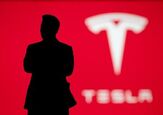
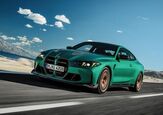

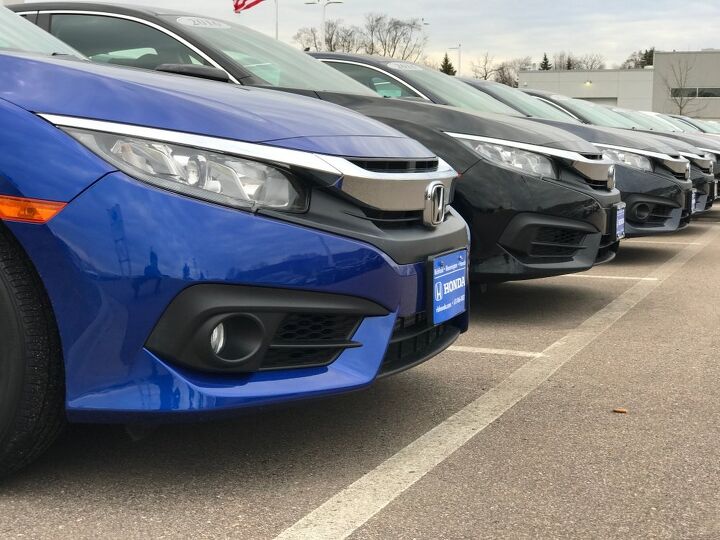












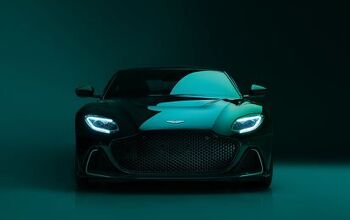
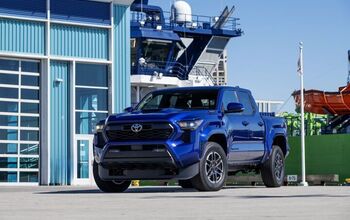
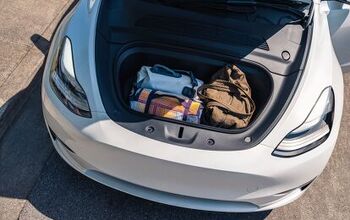


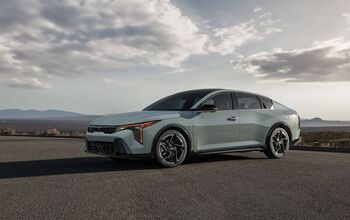

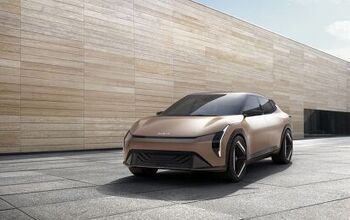
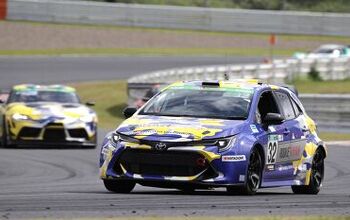
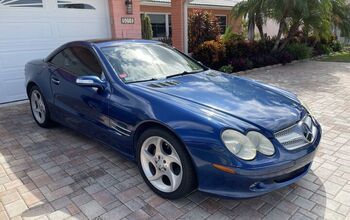
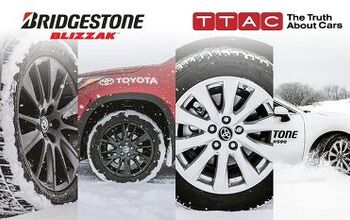







Comments
Join the conversation
EVs are truly one of the horrors of a fascist command economy. Manual transmissions keep being dropped "because of lack of demand" while billions are squandered developing EVs to be sold at a loss. Meanwhile, the third quarter of 2019 was the first time more EVs were sold than cars with manual transmissions since 1906.
Why can I not head over to my Acura dealer and grab a Civic Type R with Integra badges and a body that doesn't look like a kid drew it in study hall. Why is the closest thing I can get to a Fit SI a dealer added performance pack that does nothing for power. Why does the current NSX make me miss the old one. Honda needs to figure this out. Then worry about what is currently a niche market that has underperformed growth expectations since 2010.